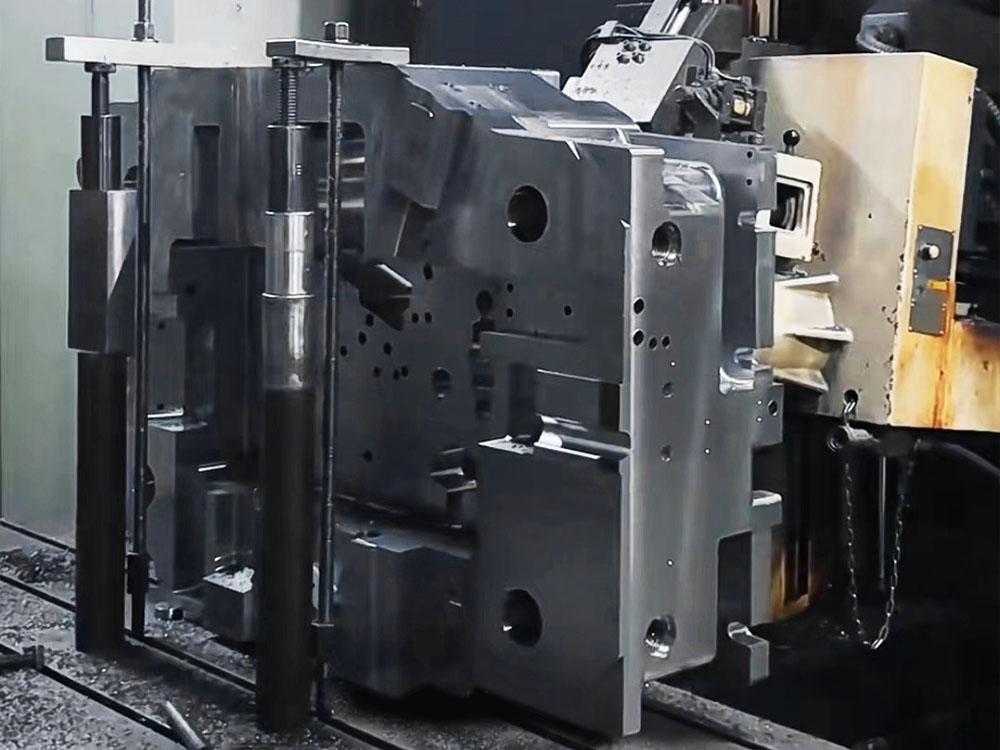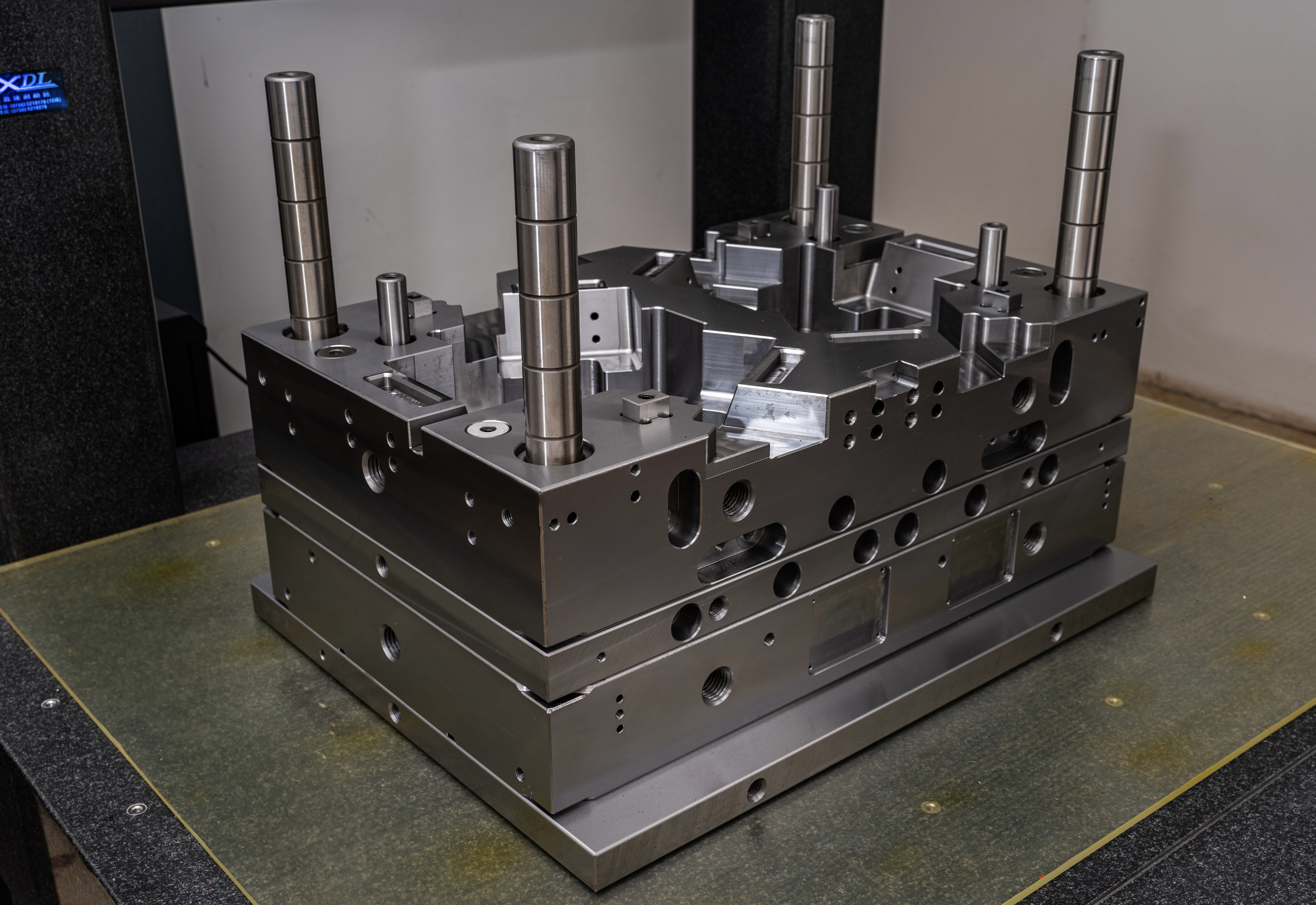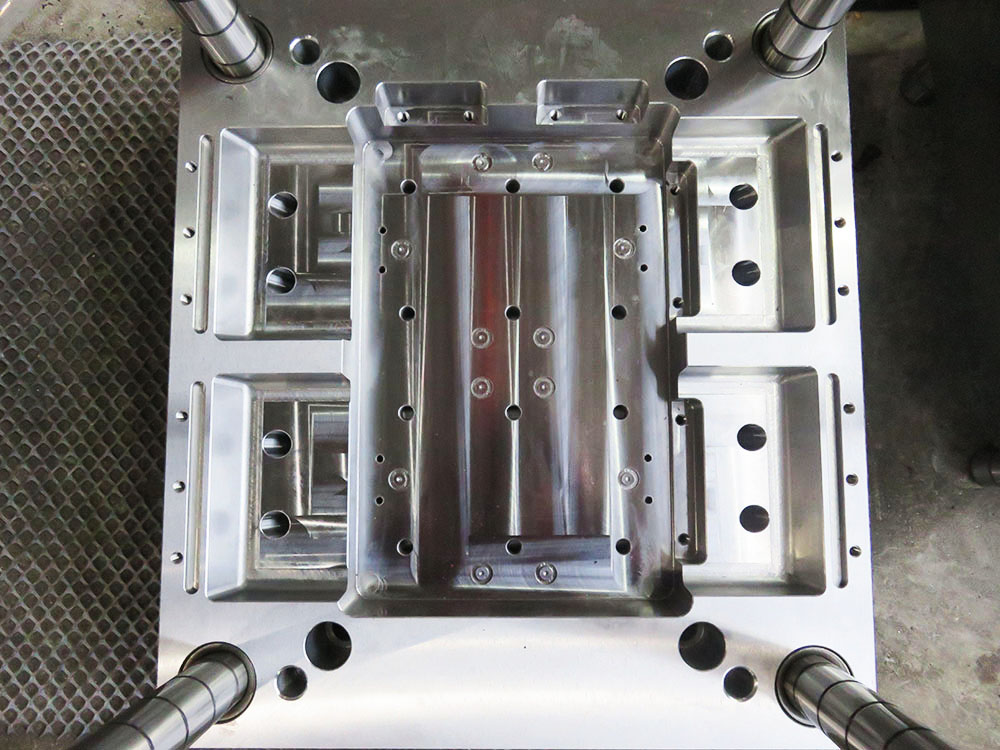How to Use an Injection Molding Machine's Fixed Platen in the Mold Base Industry
The injection molding machine's fixed platen is an essential component in the mold base industry, as it plays a crucial role in the overall injection molding process. In this article, we will guide you on how to effectively use the injection molding machine's fixed platen, ensuring optimum performance and quality in mold production.
Preparation
1. Before starting the injection molding process, it is important to ensure that the fixed platen is clean and free from any debris or contamination. Use a lint-free cloth and mild cleaning solution to wipe down the platen surface.
2. Inspect the fixed platen for any signs of damage or wear. Look for cracks, dents, or any other abnormalities that may affect its functionality. If any issues are detected, contact a professional technician to repair or replace the platen.
3. Check the alignment of the fixed platen with the moving platen. They should be parallel to each other to ensure consistent molding results. Use a level tool to verify the alignment and make adjustments if necessary.
Mounting the Mold
1. Position the mold onto the fixed platen, ensuring that it is accurately aligned with the machine's nozzle. Use clamps or other appropriate fastening mechanisms to secure the mold in place.
2. Apply a thin layer of mold release agent onto the fixed platen surface. This will help in the easy removal of the finished product once the molding process is complete.
3. Connect the mold's cooling system to the machine's cooling water supply. It is essential to maintain proper cooling during the molding process to prevent overheating and ensure consistent part quality.
Injection Molding Process
1. Set the appropriate injection molding parameters on the machine's control panel, including temperature, pressure, and injection speed. These settings may vary depending on the specific requirements of your mold and the material being used.
2. Initiate the injection molding process by activating the machine's hydraulic system. The machine will clamp the mold, bringing the fixed and moving platens together under high pressure.
3. Inject the molten material into the mold cavity through the machine's nozzle. The injection speed and pressure should be controlled to achieve optimal filling and avoid any defects, such as air traps or short shots.
4. Maintain the appropriate cooling time to ensure that the molded part solidifies completely. The cooling time may vary depending on the material and part size. Follow the recommended cooling guidelines provided by the material manufacturer.
Mold Removal
1. Once the cooling time is complete, release the clamps securing the mold to the fixed platen. Use caution and follow safety protocols to avoid any injuries during mold removal.
2. Carefully detach the mold from the fixed platen, ensuring that no damage is caused to the mold or the platen surface.
3. Clean and inspect the fixed platen before proceeding to the next mold production cycle. This will ensure consistent performance and prevent any contamination from affecting future molds.
Conclusion
The fixed platen of an injection molding machine is a critical component in the mold base industry. By following the proper procedures for its use, including preparation, mold mounting, injection molding, and mold removal, you can achieve efficient and high-quality mold production. Remember to regularly inspect and maintain the fixed platen to prolong its lifespan and avoid any unwanted issues or complications during the injection molding process.




